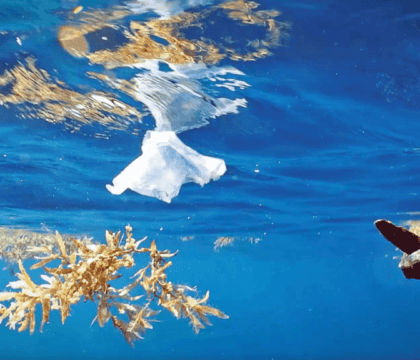September 7, 2015 • Trip Reports
[IMAGE]
Saturday’s Farallon Islands whale watching trip had good encountered seas with 2 foot swells all morning until 8 miles from the Farallon Islands when it turned into 7 foot swells with wind sending spray onto the boat! In spite of the weather, it was a good trip. California sea lions were porpoising all the way out to the islands. Passengers were glad to get to the lee of the island for sunshine and calm seas. At Point Bonita the group encountered 13-15 bottlenose dolphins and stayed with them for 35 minutes. Harbor porpoises joined along the coastal route to Duxbury. At Duxbury Reef, passengers saw the blow of a minke whale but never saw the fin or back. Just past Duxbury Reef, a humpback whale was deep dive feeding and showing everyone its distended throat pleats, back, dorsal fin, flukes, etc. The boat watched the whale for 45 minutes. Participants were able to see the differences between the northern fur seals, California sea lions, and Steller sea lions with great looks at all three. Bird lovers saw many of the usual birds as well as 13 brown boobies, 1 blue-footed booby, and 2 tufted puffins in breeding plumage.
The sea conditions Sunday (September 6) were the same as Saturday. The boat headed back to Duxbury to see if the whale was still feeding and met up with 6 humpback whales spread out, feeding. Very few came near the boat, but everyone got great looks of flukes, dorsal fins, blows. Thousands of birds were everywhere: common murres, sooty and pink footed shearwaters, cormorants, and gulls. The boat stayed with the whales for about 45 minutes, then moved on and encountered 3 more humpbacks swimming northward. The group watched them for a while, then saw 3-4 more whales blowing in the distance…..all humpbacks. People were again glad to get to a calm dry area at the Farallon Islands. The birds and sea lions were the same as on Saturday and again in great abundance, with the additional following species seen: 8 brown footed boobies, 1 northern gannet and 2 tufted puffins, one in breeding plumage and one in winter plumage.




